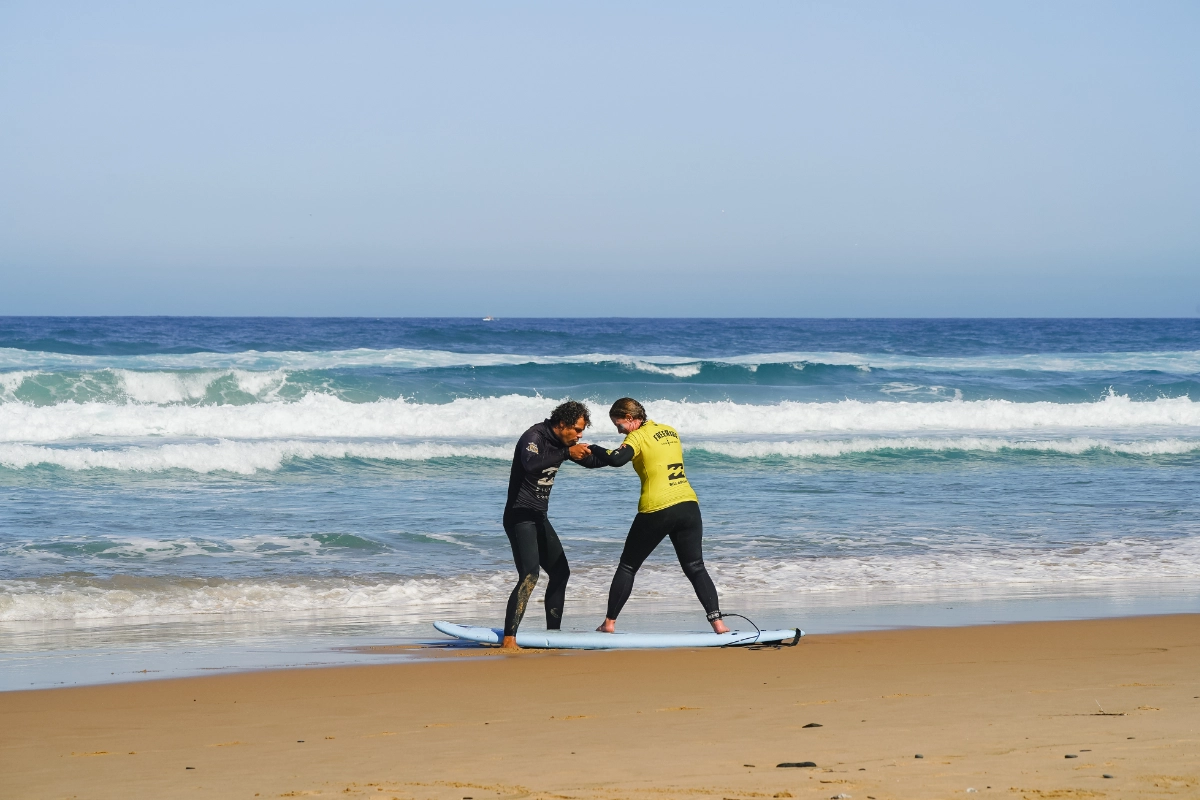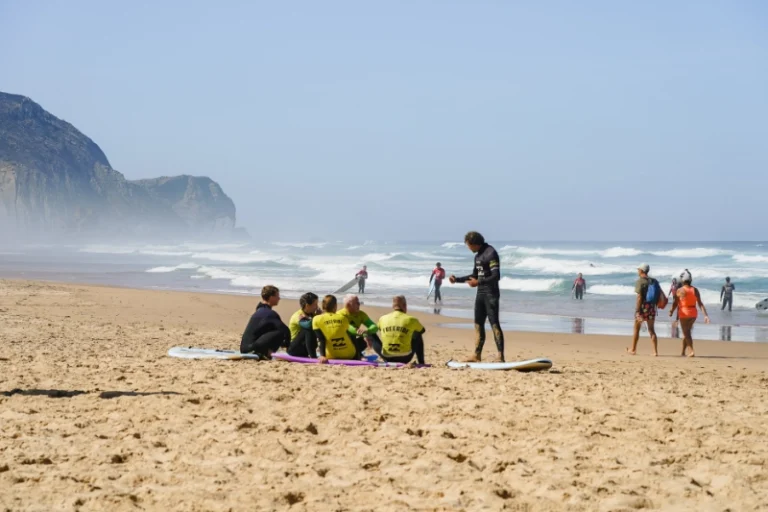
How to turn in surfing
Let's be real: learning to turn in surfing is part skill, part ocean negotiation, and a whole lot of not taking yourself too seriously. Every surfing legend started exactly where you are now – probably looking a bit confused, slightly damp, and wondering why anyone would voluntarily dance with waves.
Understanding the surfing turn: more than just changing direction
Turning is about control, balance, and having a conversation with the wave. Your first turns might look more like a controlled wobble, but with practice, you’ll be navigating waves like a pro-in-training.
Turning matters because it helps you navigate wave sections more effectively, improve overall board control, boost your surfing confidence, and set up more advanced maneuvers. It’s the difference between being pushed around by the ocean and becoming a true wave rider.
Getting started: the basics of not falling spectacularly
Before you dream of epic turns, you’ll need to master staying upright. Think of surfing as a somewhat awkward dance with the ocean – sometimes you lead, sometimes the wave leads. Choose a beginner-friendly board that’s more stable than a tightrope, start in smaller waves, and practice your balance on land. Your living room floor is your first surf simulator, so don’t be afraid to look a little ridiculous while practicing.
The Turn: a delicate art of wave navigation
Mastering the turn is about understanding a few key principles. Position yourself in the sweet spot of the wave and keep your body centered and balanced. Weight distribution is critical – shift gradually, using your back foot as a pivot point and keeping your knees slightly bent. The golden rule? Look where you want to go. Your body will naturally follow your head, so keep your eyes on the prize.
There are two fundamental turns every surfer should learn. The bottom turn is your foundational move, setting up your line on the wave. The cutback turn allows you to redirect back towards the wave’s breaking point, giving you more control and style points.
Common turning mistakes to avoid
Watch out for some classic beginner blunders. Leaning too far forward or backward can send you tumbling. Turning too abruptly disrupts your flow, and forgetting to look where you want to go is a surefire way to end up taking an unexpected swim. Maintaining momentum is key – hesitation is the enemy of a smooth turn.
Tips for surfing success
Start your journey in gentle waves and consider taking lessons from a professional instructor. Watching tutorial videos can help, but nothing beats real-world practice. Choose a board that matches your skill level, and remember that the right equipment can make a significant difference in your learning curve.

The real secret to learning to turn in surfing
Here’s the truth that no one tells you: surfing is 10% technique, 20% balance, and 70% not taking yourself too seriously. The ocean doesn’t care how cool you look. It cares about how much fun you’re having.
Safety first (because hospitals are expensive)
Always surf within your ability, be aware of ocean conditions, and never surf alone as a beginner. Respect the wave and other surfers. Your safety is more important than looking like a pro on your first few attempts.
Conclusion: embrace the learning curve
Every wipeout is a story, every turn a lesson. Some days you’ll catch an amazing wave, and other days the wave will catch you – both are valid experiences on your surfing journey.
Grab your board, channel your inner wave warrior, and go make some memories. The ocean is waiting, and trust me, it has a sense of humor about beginners.
Surf’s up, future wave rider!
